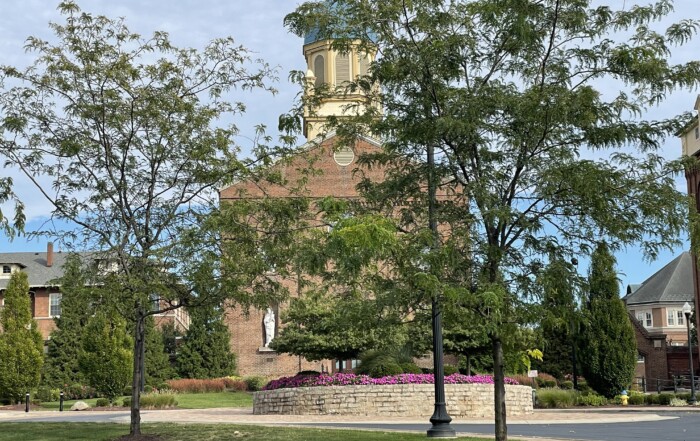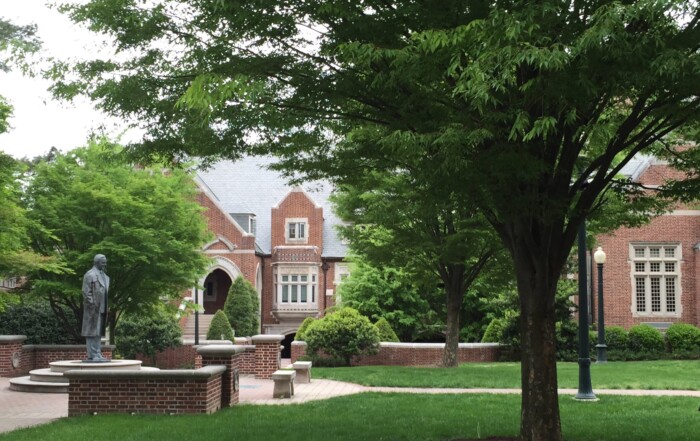College Admissions Tips and Guidance
College Endowments and the Student Experience

Explore Our Articles
Recent Posts
Popular Categories
Get In Touch
On Social
By Phone or Text
(617) 734-3700
By Mail or Email
1678 Beacon Street
Brookline, MA 02445
By Form
Educational Advocates
Our objective is to guide the family in finding options where the student will not only get admitted, but thrive and find success once on campus.
College Endowments and the Student Experience
“Which college is better?” This question came up in a recent conversation with a family about two universities, one a large state university and the other a large private university. It is a good question to ask, but a hard one to answer since so much of what makes a college “good” for any individual student is so dependent on that student’s needs and interests. So let’s assume for a moment that a family is evaluating two colleges that they already think are a good fit academically and socially. One of many other factors that might be examined is the size of the college endowment.

Walking around on campus when classes are in session will give you a better idea of how you will feel as a future student there.
A college endowment is the total value of an institution’s investments. Colleges set policies on how this money can be spent. Typically the original donation or principal is not touched and only the income generated from the principal is spent for some part of the college-operating budget.
This chart shows the total endowment value in 2013 for colleges in the USA and Canada. It is probably not a surprise that Harvard University has the largest endowment at over $32 billion. In fact, 83 institutions now have endowments of $1 billion or more.
When examining the data, it is more important to consider the endowment per student than the overall endowment. Some colleges with very large endowments also have thousand of students so the amount per student is less impressive. While Harvard’s endowment is a whopping $1.6 million or so per student, smaller colleges boast impressive per student numbers such as $1,282,294 million at Pomona, $1,89,790 million at Swarthmore and $998, 304 million at Williams. Other small colleges in this range include Amherst, Grinnell, Bowdoin, Smith College, Washington and Lee, and Trinity University in Texas.
It is not a coincidence that the colleges with the strongest endowment are also those that are most generous with financial aid. They tend to have no loan policies and though most in this category only provide aid to those with financial need, a few also provide merit scholarships (not based on need).

When a college has a higher-per-student endowment, they are more capable of offering extracurricular programs for students.
Beyond financial support, students who attend a college with a strong endowment benefit in other ways. Colleges in a strong financial position can pay their faculty members well and recruit and retain strong talent. They can also provide their students with more educational opportunities such as funded research and internship programs, smaller class sizes and more courses. Of course, each college sets its own priorities. It is important to note that many colleges without the strongest endowments also offer these kinds of opportunities for students.
Like any other factor, endowment should be considered along with an examination of many other attributes. For further reading on factors in choosing a college visit our past blog posts Choosing a College: What Really Matters and Decisions, Decisions.








